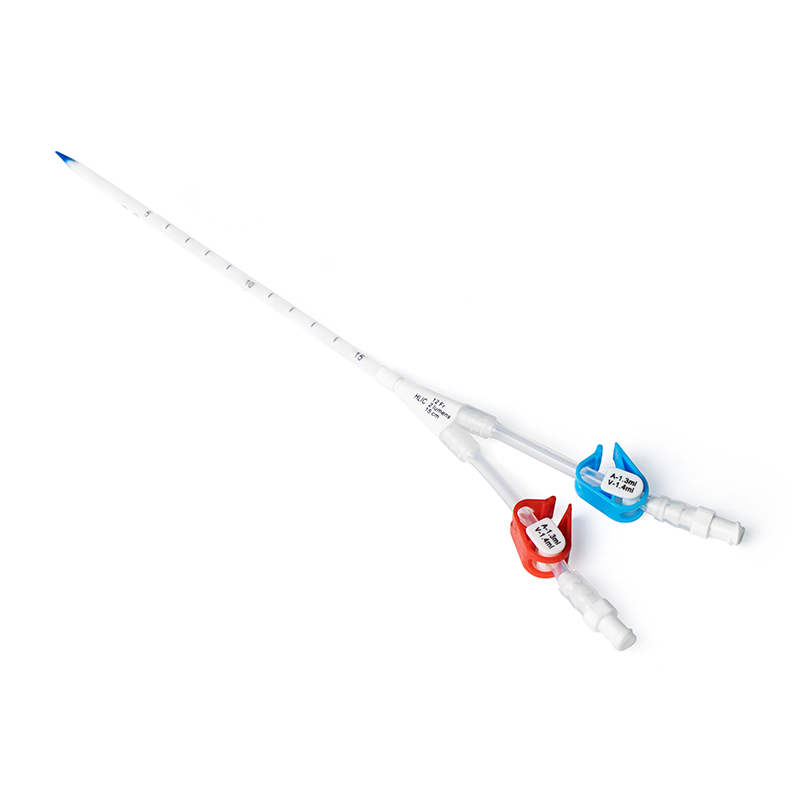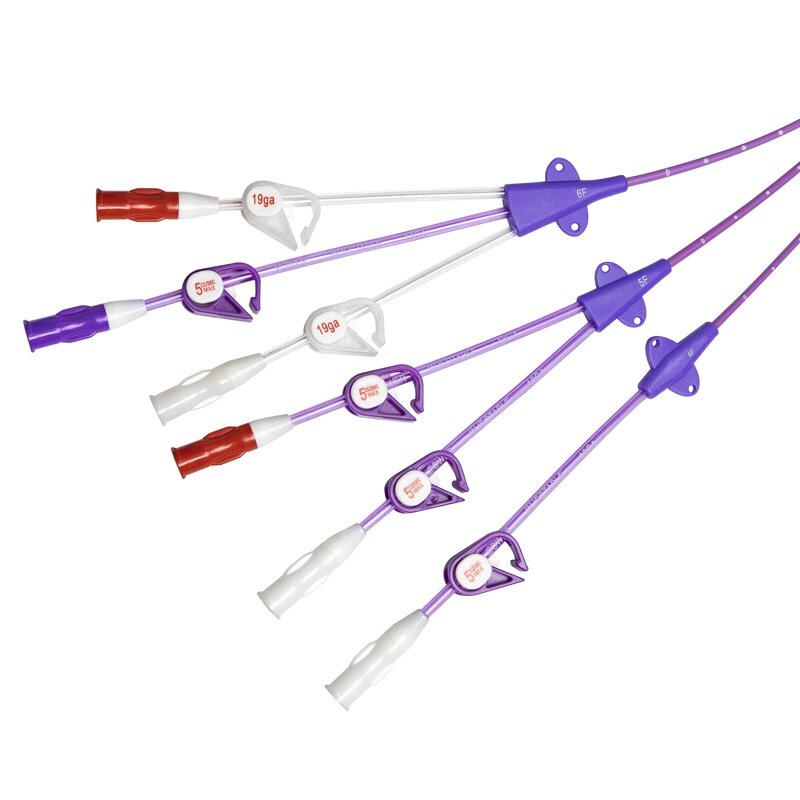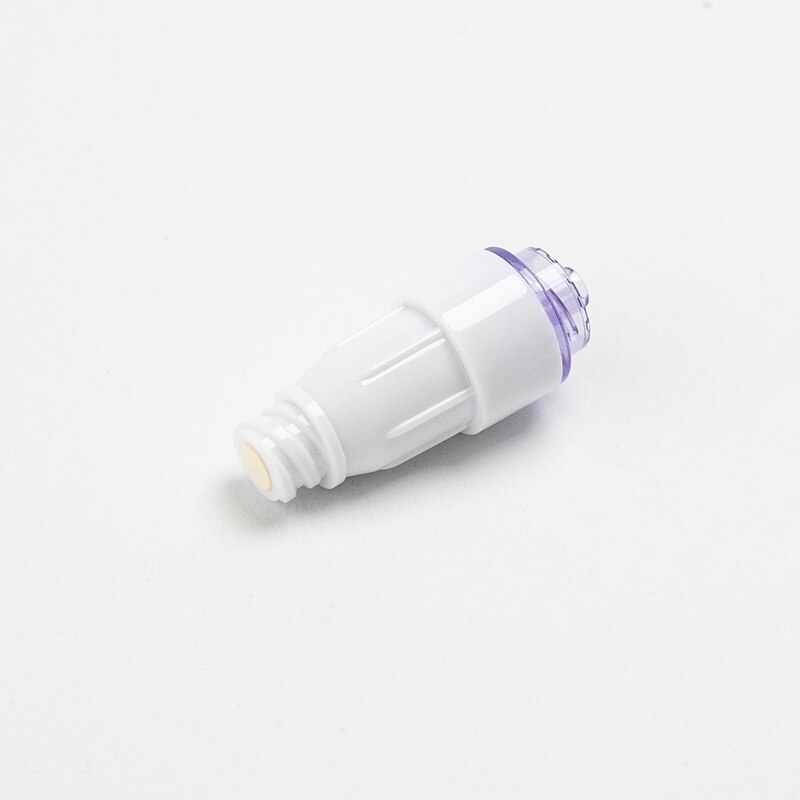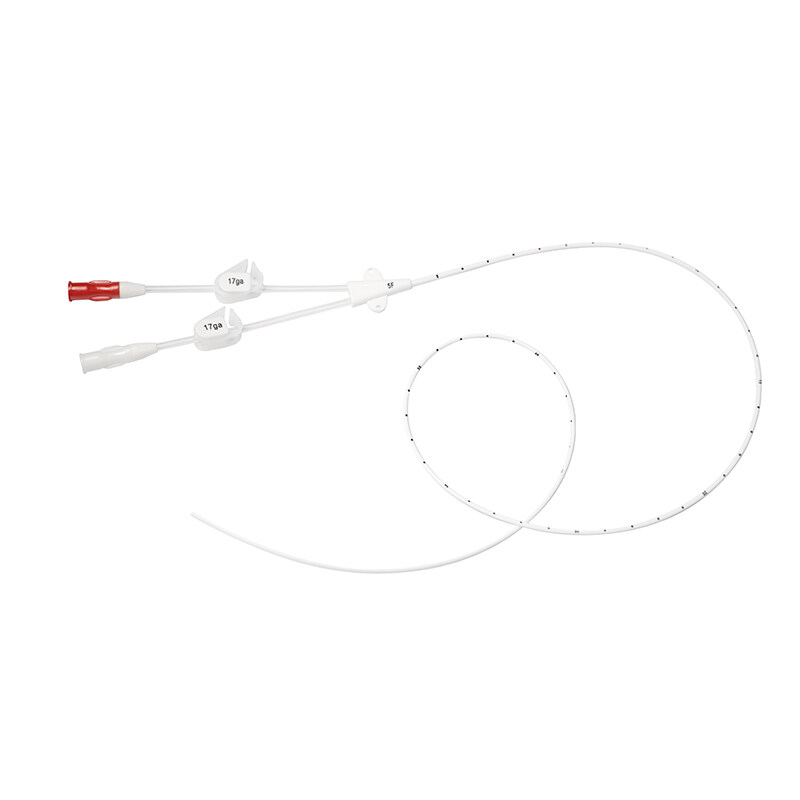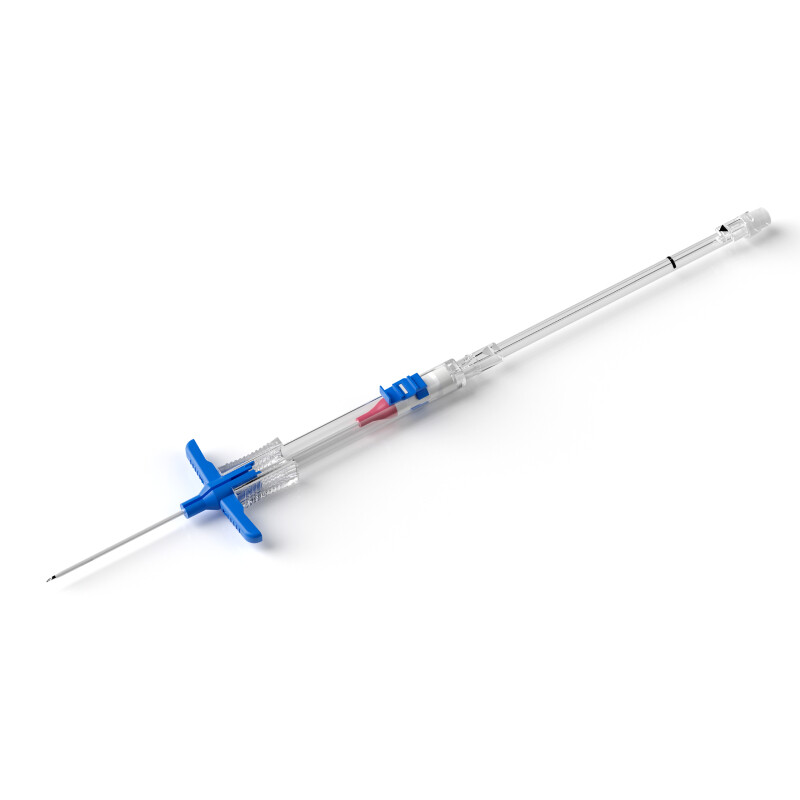Hemodialysis catheters are medical devices that are inserted into a vein to facilitate the removal of blood for dialysis. While they are effective in treating kidney failure, they also pose certain risks and complications that can affect the patient's health.
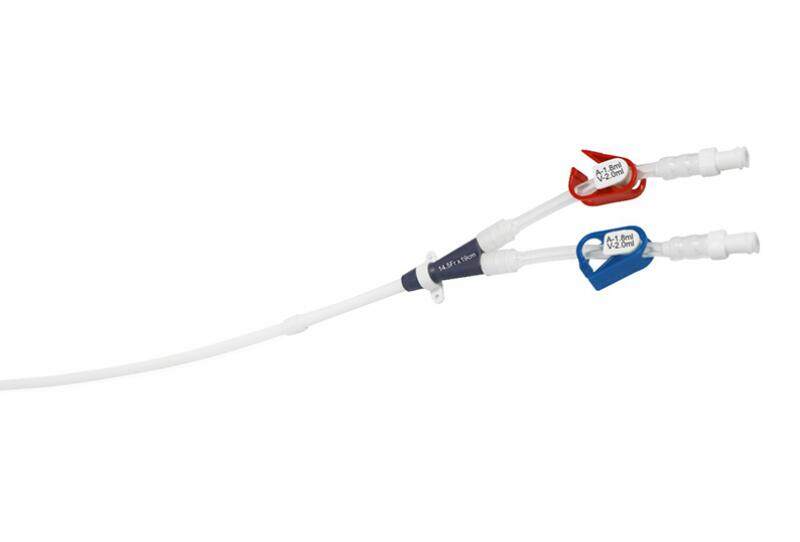
Here are some tips to prevent hemodialysis catheter complications:
Maintain good hygiene
Good hygiene is crucial in preventing infections related to hemodialysis catheters. Always wash your hands thoroughly before touching the catheter site or the tubing. Clean the catheter site daily with an antiseptic solution.
Avoid touching the catheter
It's essential to avoid touching or pulling on the catheter as this can cause it to become dislodged, leading to bleeding or infection. You should also avoid wearing tight clothing that can put pressure on the catheter.
Follow proper dressing techniques
Proper dressing techniques can help prevent catheter-related infections. Make sure that the hemodialysis catheter dressing is changed regularly, and that the site is kept clean and dry.
Regular monitoring
It's crucial to have regular monitoring of the catheter site and the blood flow to detect any complications early. Your healthcare provider may recommend regular blood tests, imaging studies, and physical examinations to monitor your catheter's function and detect any potential complications.
Avoid swimming or bathing with the catheter
You should avoid submerging the catheter in water as this can increase the risk of infection. You should also avoid activities that involve high-risk physical contacts, such as contact sports or heavy lifting, which can cause the catheter to move or dislodge.
Communicate with a doctor regularly
It's important to communicate with your healthcare team and report any symptoms or changes in your catheter site promptly. These can include redness, swelling, pain, or drainage from the site, fever, chills, or other signs of infection.
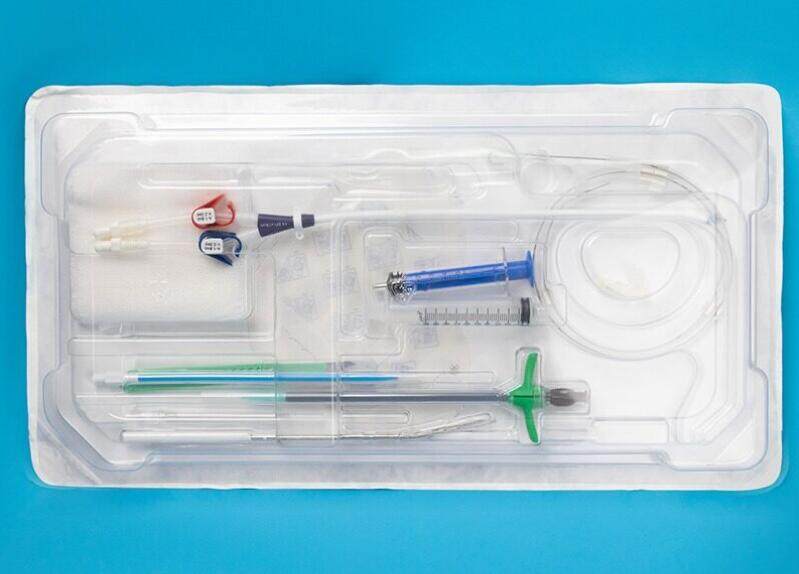
How long can a patient use a hemodialysis catheter?
Hemodialysis catheters are typically used as a temporary solution while awaiting the creation of permanent access, such as a fistula or graft.
The duration of catheter use may vary depending on the individual's medical condition and the need for dialysis. The doctor will determine the appropriate duration of catheter use and recommend alternative dialysis options if necessary.
How often should I clean my catheter site?
You should clean your catheter site daily with an antiseptic solution. The doctor and nurse may provide specific instructions on how to clean your catheter site, including which solution to use and how to apply it.
Can the patient exercise with a hemodialysis catheter?
Patients should avoid activities that involve high-risk physical contacts, such as contact sports or heavy lifting, which can cause the catheter to move or dislodge. However, light exercise, such as walking or stretching, is generally safe and may even be beneficial for your overall health.
What should the patient do if signs of infection are found?
If you notice any signs of infection, such as redness, swelling, pain, or drainage from the catheter site, fever, chills, or other signs of infection, you should contact a doctor immediately. Prompt treatment can help prevent serious complications and improve your overall health.
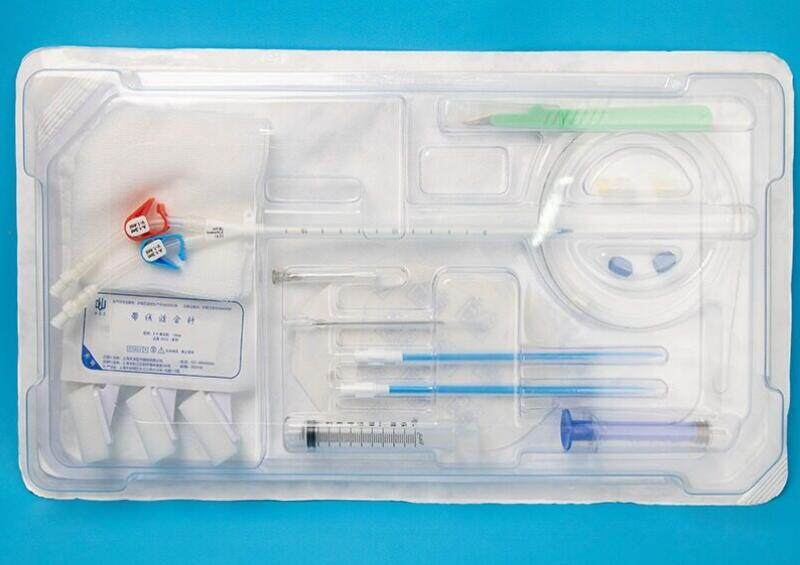
By following these tips, patients can largely prevent hemodialysis catheter complications and ensure that treatment is as safe and effective as possible.
Ultimately, following your doctor's recommendations and promptly reporting any problems is critical to ensuring safe and effective hemodialysis treatment.

